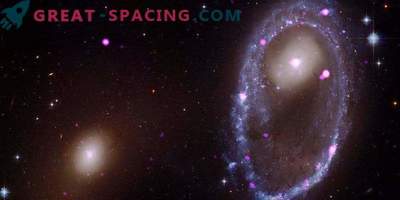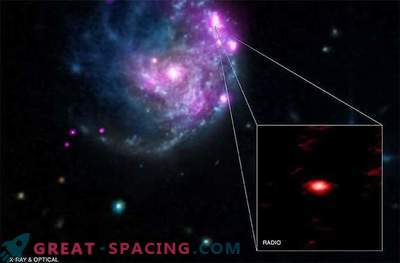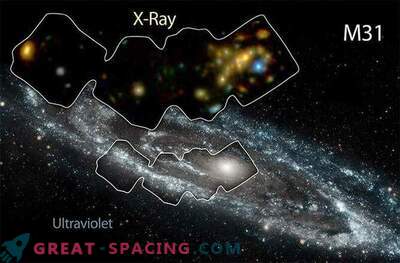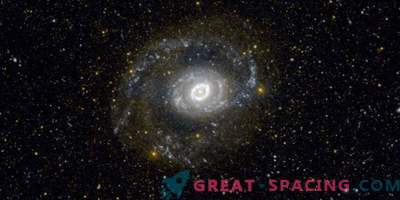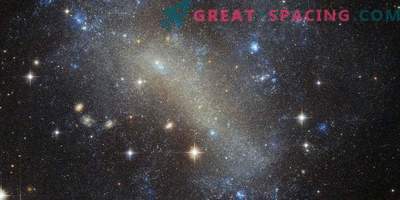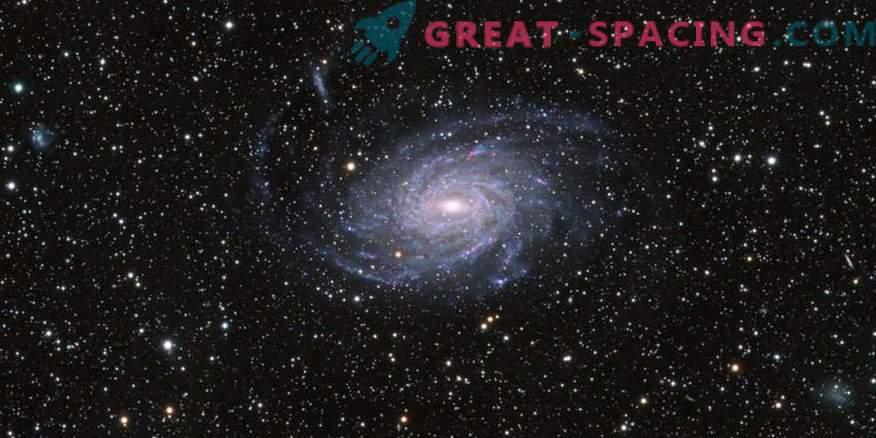
An international team of astronomers conducted a multifrequency study of NGC 6744. This is a spiral-type galaxy and one of the “copies” of the Milky Way. The analysis identified radio and x-ray sources and estimated the rate of stellar birth.
NGC 6744 was found in 1823. This is an intermediate spiral galaxy, distant from us by 30 million light years. Lives in the constellation Peacock. It is considered one of the most approximate in appearance to our galaxy. Therefore, it is often used to study objects such as supernova remnants and H II clouds in which stars are born.
In 2005, on the territory of NGC 6744, Ic was found in the optical wave bands. Scientists began to examine the galaxy more closely in order to find more interesting objects. Thus, it was possible to identify almost 400 radio and x-ray sources. Chandra X-ray observatory, ATCA telescopes, GLEAM telescopes and WISE IR-conductor were used for the analysis. The study identified 117 X-ray and 280 radio sources. One of them was classified as a supermassive black hole with a bolometric radio luminosity, reminiscent of the black hole indices of our galaxy. Two of the recently found sources are attributed to supernova remnants and 17 are H II regions. The rest were sent to a group of background objects.
The newly discovered supernova remnants seem bright, but they are losing to Cassiopea A. Also, researchers were able to calculate the speed of star birth in NGC 6744. It is 2.8 - 4.7 solar masses per year, which is twice as large as the Milky Way. This means that the galaxy is still actively creating stars.



